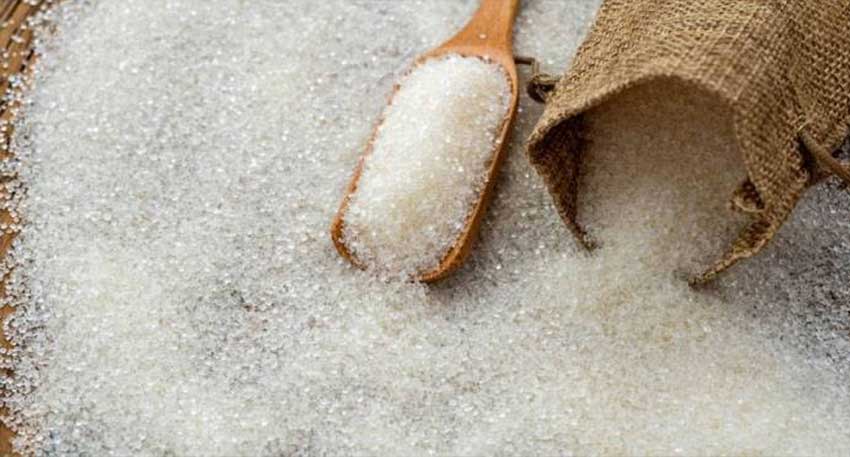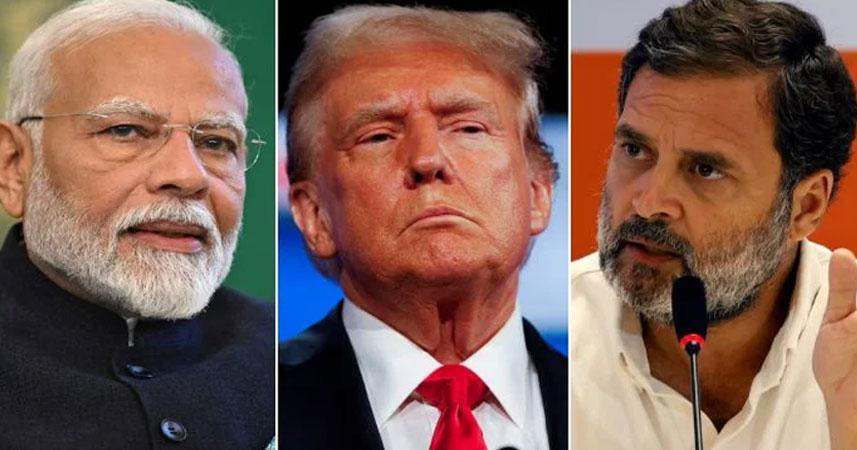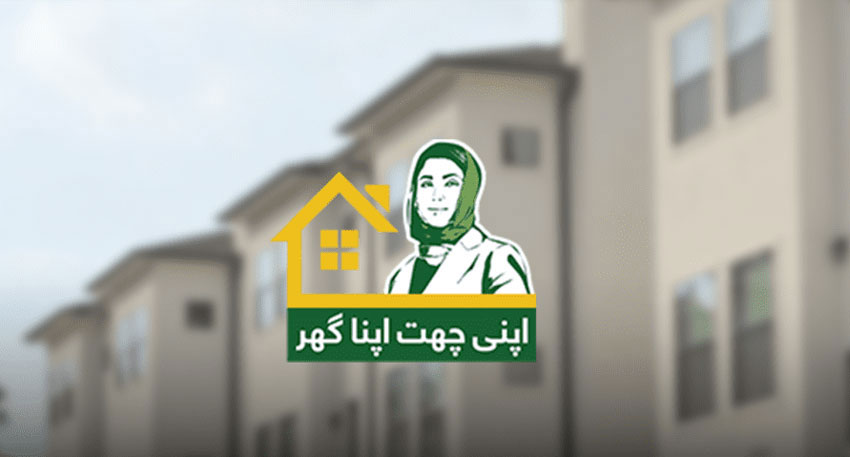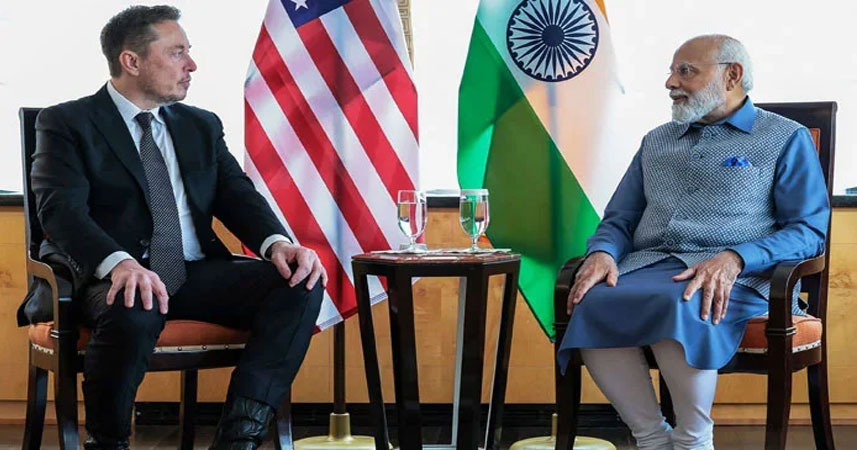
Market sources reveal that the district government’s crackdown on the so-called ‘sugar mafia’ has failed to deliver results. In Lahore’s Akbari Mandi, only one truckload of sugar is now arriving each day — a drop that’s pushing the retail market into panic.
Wholesalers are receiving sugar at the official ex-mill rate of Rs165 per kilogram, but retailers are afraid to sell it at the fixed price of Rs173 due to fear of penalties and challans. This gap has led to hoarding, confusion, and artificial shortages.
It is worth noting that last month, the government and sugar mill owners reached an agreement to fix the ex-mill sugar price at Rs165 per kg. Provincial governments were instructed to ensure the availability of sugar to the public at controlled prices across the country.
Read more: Gold prices rise again in Pakistan - Will this trend continue or reverse?
However, a major factor driving the crisis is Pakistan’s massive sugar export between May and July. During this period, 765,000 metric tons of sugar were exported, generating revenue of over Rs112,000,000,000. While the earnings were significant, the exports severely dented local supply, leading to the current uncontrolled price surge.
The unchecked rise in sugar prices in Lahore is a classic case of supply mismanagement and misplaced priorities. While export deals brought in billions, they also left local consumers struggling to find sugar even at inflated prices. The government s inability to regulate supply post-export has opened the door for black marketing and panic buying. Unless immediate steps are taken to balance exports with domestic needs, the crisis may further deepen — with long-term effects on inflation and food security.




